Optical Illusions in Eyewear Design: A New Dimension of Style and Functionality
Eyewear design has evolved exponentially over the years, not just in terms of functionality and style, but also in incorporating optical illusions. These illusions add a new dimension to eyewear, making them more intriguing and captivating. From holographic accents to geometric patterns, optical illusions in eyewear design have become a game-changer in the fashion industry.
One of the most prominent trends in eyewear design today is the use of holographic accents. Holography creates a three-dimensional illusion that brings the eyewear to life. By incorporating holographic materials in the frame, designers can create a captivating range of colors and patterns. The holographic accents change their appearance depending on the angle and lighting, giving the glasses a dynamic and futuristic vibe. Not only do these illusions enhance the aesthetic appeal of the eyewear, but they also make a statement about the wearer’s style and fashion-forward mindset.
Geometric patterns are another optical illusion frequently seen in eyewear design. Perfectly symmetrical shapes, such as circles, triangles, and squares, create a mesmerizing effect when combined with the frame’s structure. These patterns can be engraved, printed, or even embedded in the eyewear material itself. The intricate geometric patterns offer a sense of depth and movement, making the design visually interesting. This playfulness with shapes and patterns elevates the eyewear from a mere accessory to a wearable piece of art.
Optical illusions can also be applied to the lenses themselves. Gradient lenses with different color densities create a smooth transition of colors from top to bottom or from one side to another. This illusion adds dimension to the wearer’s face and accentuates their features. Mirrored lenses, on the other hand, reflect the surrounding environment, creating a visual illusion that the eyes are hidden behind the glass. This intriguing effect not only adds a layer of mystery but also enhances the overall design of the eyewear.
In addition to the visual appeal, optical illusions in eyewear design also serve functional purposes. For instance, photochromic lenses are capable of adjusting their tint in response to light conditions, making them appear virtually transparent indoors and darkening when exposed to UV light. This transformative property not only protects the wearer’s eyes from harmful rays but also adds a touch of magic to the eyewear. Similarly, polarized lenses reduce glare and enhance visibility by eliminating reflections, creating an illusion of crystal-clear vision.
Furthermore, optical illusions can be used to address specific vision-related issues. Through the use of diffractive elements, eyewear designers can create glasses that correct color blindness or provide enhanced visual perception for individuals with low vision. These specialized lenses employ complex patterns that manipulate the light entering the eyes, compensating for color deficiencies or improving contrast sensitivity. This innovative approach to eyewear design not only opens up new possibilities for those with visual impairments but also challenges the traditional notion of glasses as a mere vision aid.
In conclusion, optical illusions have revolutionized eyewear design, transforming them into more than just functional accessories. The incorporation of holographic accents, geometric patterns, and illusions in the lenses has elevated eyewear to an art form. These illusions not only enhance the visual appeal of the eyewear but also serve functional purposes, such as UV protection and vision correction. As we continue to push the boundaries of design, it is exciting to imagine what optical illusions in eyewear will bring in the future.
